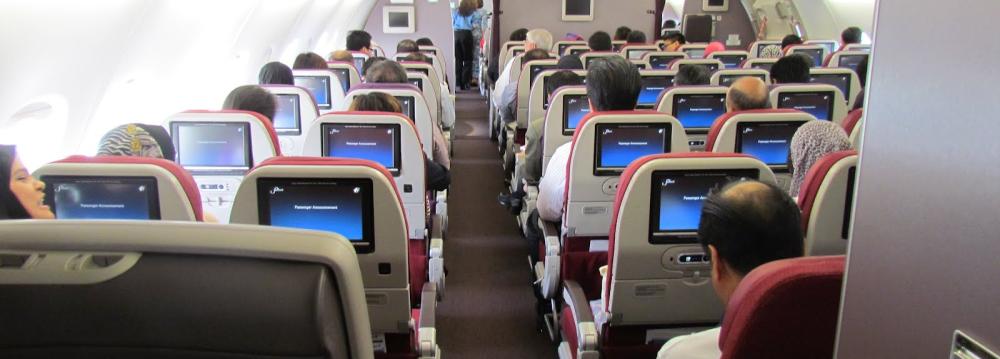The International Air Transport Association announced global air passenger traffic results for September, which indicate that demand rose 5.7% compared with the same month in 2016. This was the slowest year-on-year increase since February. Hurricanes Irma and Maria weighed heavily on the results, although growth already had been tapering. Capacity climbed 5.3% and load factor edged up 0.3 percentage points to 81.6%, which was a record for September, IATA said in its press release.
"September's growth in passenger demand was healthy, notwithstanding the heavy impacts of extreme weather events on the Americas," said Alexandre de Juniac, IATA's director general and CEO.
"Global economic conditions support rising passenger demand, but with higher cost inputs, the demand stimulation from lower fares has waned, suggesting a moderating trend in traffic growth."
International Passenger Markets
International Revenue Passenger Kilometers (RPKs) climbed 6.5% with airlines in all regions recording growth compared to 2016. Total capacity climbed 5.6% and load factor rose 0.7 percentage points to 81.3%.
Asia-Pacific airlines' traffic rose 8.7% in September compared to the year-ago period, the strongest growth among regions. Capacity increased 7.8% and load factor climbed 0.6 percentage points to 78.3%.
A solid regional economic backdrop, helped by robust growth in China, is supporting passenger demand within the region.
European carriers saw September demand rise 7.1% over September 2016, in line with August growth of 7%. The upward trend in seasonally-adjusted demand has slowed considerably since May, but business confidence remains high and the economic backdrop is supportive. Capacity rose 5.2% and load factor surged 1.6 percentage points to 86.8%, which was the highest among regions.
Middle East carriers had a 3.7% rise in demand, the slowest rate of increase since February 2009. The Middle East-US market has been hit hard by the now lifted cabin ban on large portable electronic devices, as well as the various proposed travel bans to the US.
Traffic between the region and the US has fallen for six consecutive months through August (the most recent month for which route data are available). Capacity rose 4.3% and load factor slipped 0.4 percentage points to 74.5%.
North American airlines experienced a 3.0% rise in demand in September. Capacity rose 3.6% and load factor fell 0.5 percentage points to 81.0%. In addition to the impacts of hurricanes Irma and Maria, anecdotal evidence continues to suggest that inbound traffic to the US is being deterred by additional security measures now involved in traveling to the country.
Latin American airlines' performance also was affected by hurricane activity but strong underlying demand meant that traffic rose 8.5% compared to the same month of last year. Capacity climbed at the same rate and load factor was flat at 82.2%, the second highest among regions.
African airlines posted a 3.6% rise in traffic in September, down from 6.5% in August. Capacity rose 0.3% and load factor jumped 2.4 percentage points to 73.8%. Conditions in the region's two largest economies—Nigeria and South Africa, are diverging again, with business confidence levels in South Africa consistent with falling output.
Domestic Passenger Markets
Domestic demand climbed 4.2% in September compared to September 2016, heavily affected by weather disruptions in the US market, which accounts for more than 40% of all domestic RPKs.
India and China continued to lead all markets with double-digit annual traffic increases while elsewhere, results were mixed. Capacity rose 4.7% and load factor slipped 0.4 percentage points to 82.2%.
IATA statistics cover international and domestic scheduled air traffic for IATA member and non-member airlines.
Total passenger traffic market shares by region of carriers in terms of RPK are: Asia-Pacific 32.9%, Europe 26.4%, North America 23.8%, Middle East 9.6%, Latin America 5.2% and Africa 2.2%.


